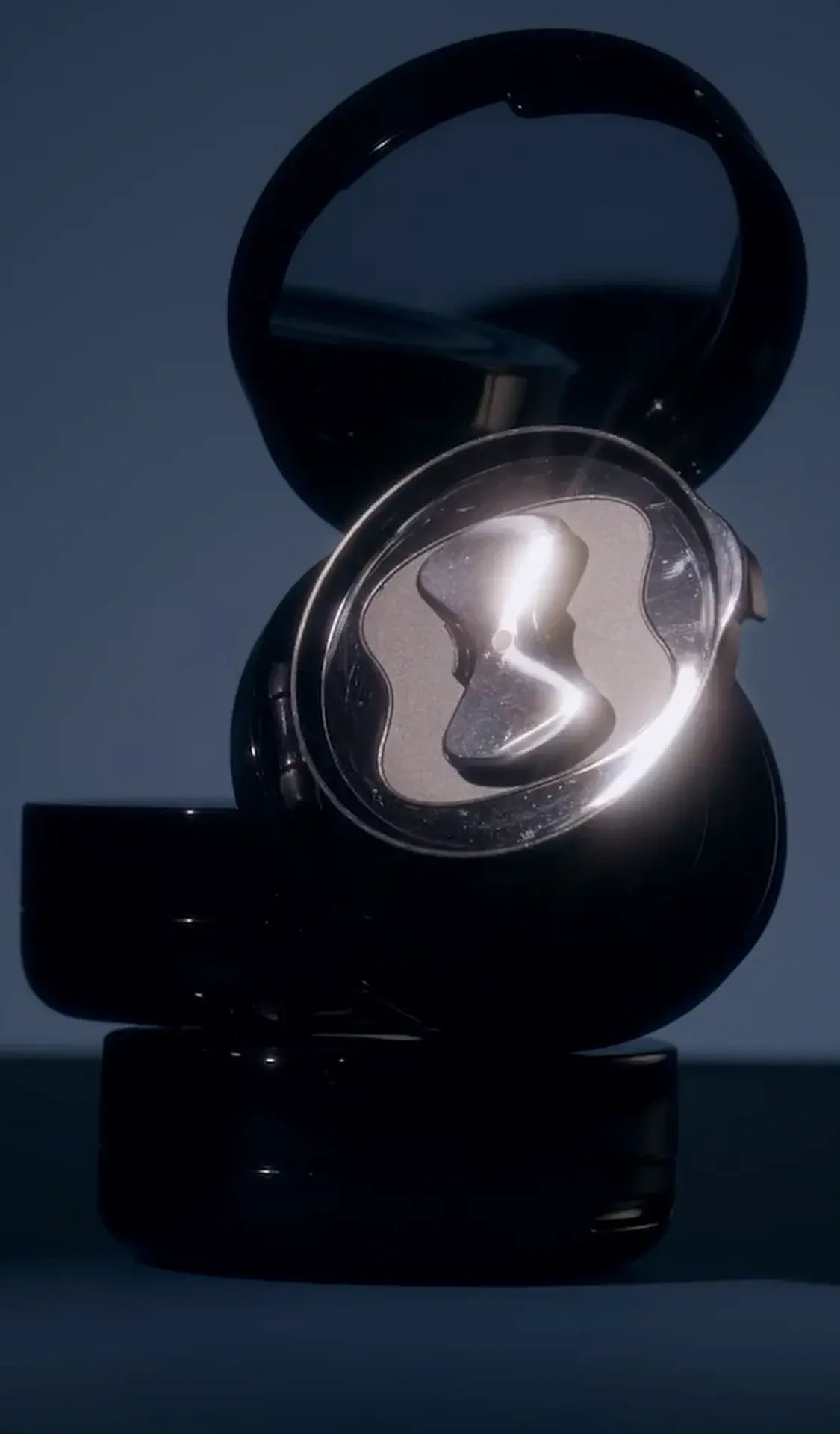Protecting your skin from the sun is arguably the most effective way to protect the long term health of your skin.
Preventing skin cancers: Skin cancers are the most dangerous long term impact of unprotected sun exposure. A daily application of broad spectrum SPF will significantly reduce your risk of skin cancers. Clinical studies have shown that wearing only an SPF 15 sunscreen daily reduces the risk of some skin cancers by 50%. 8
Slowing skin aging: UV radiation speeds up skin aging in a number of ways. Daily sunscreen users experience an average of about 24% less aging of the skin. 9
Reducing hyperpigmentation: UV exposure can cause
hyperpigmentation, uneven skin tone, and sun spots
. When harmful UV rays strike melanin within our epidermis, it is absorbed, triggering increased melanin production in the skin. Over time this can cause uneven patches of melanin density that result in many forms of hyperpigmentation. Wearing sunscreen effectively blocks the harmful UV rays that can cause these marks. 10
Protecting the skin barrier: Our
skin barrier
is a delicate layer of fats and lipids that keep moisture in and pathogens out. The health of the skin barrier is highly indicative of skin age and health. Studies suggest that sunscreen use may encourage a healthier skin barrier by reducing inflammation. 11
Protecting your skin from the sun starts with the right topical skin care products like a peptide face moisturizer or a peptide body lotion to complement a broad spectrum SPF sunscreen. However, not all sunscreens are created equal. OneSkin’s OS-01 FACE SPF and OS-01 BODY SPF provide broad-spectrum SPF 30+ PA+++ protection with ingredients such as zinc oxide and the OS-01 peptide. OS-01 FACE SPF and OS-01 BODY SPF, our peptide sunscreens, not only protect skin from advanced UV aging with 100% Non-nano Mineral Broad Spectrum UV filters and potent antioxidants, they are scientifically proven to reduce the effects of UV-induced aging! (12)When it's time to remove sunscreen, be sure to use a gentle gel cleanser that effectively clears your skin without causing any unnecessary irritation, maintaining your skin's health throughout your skin care routine.



